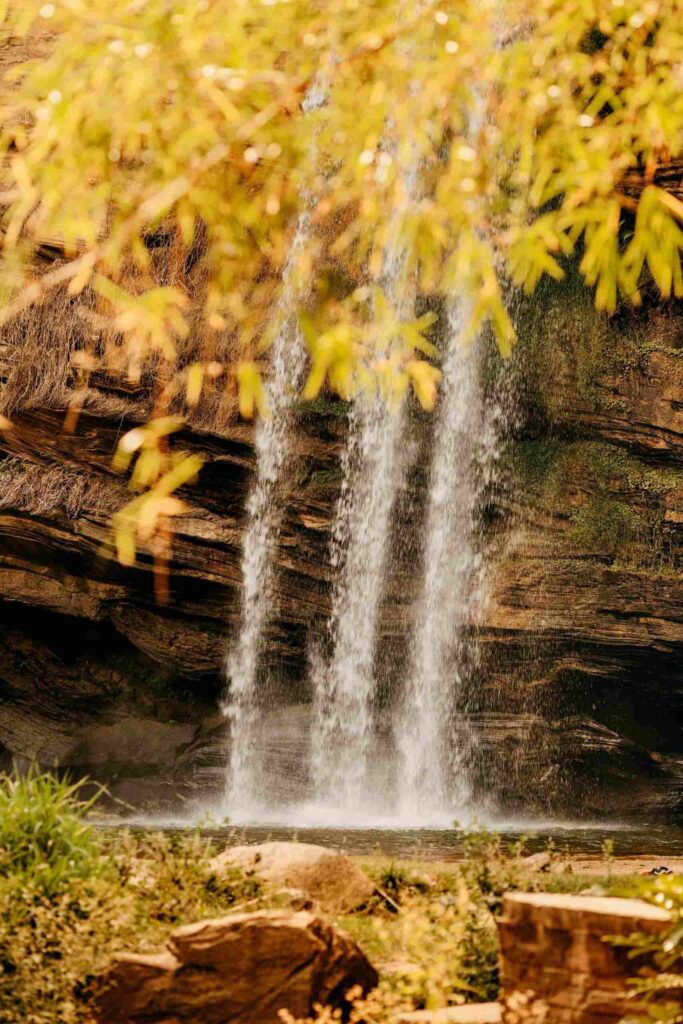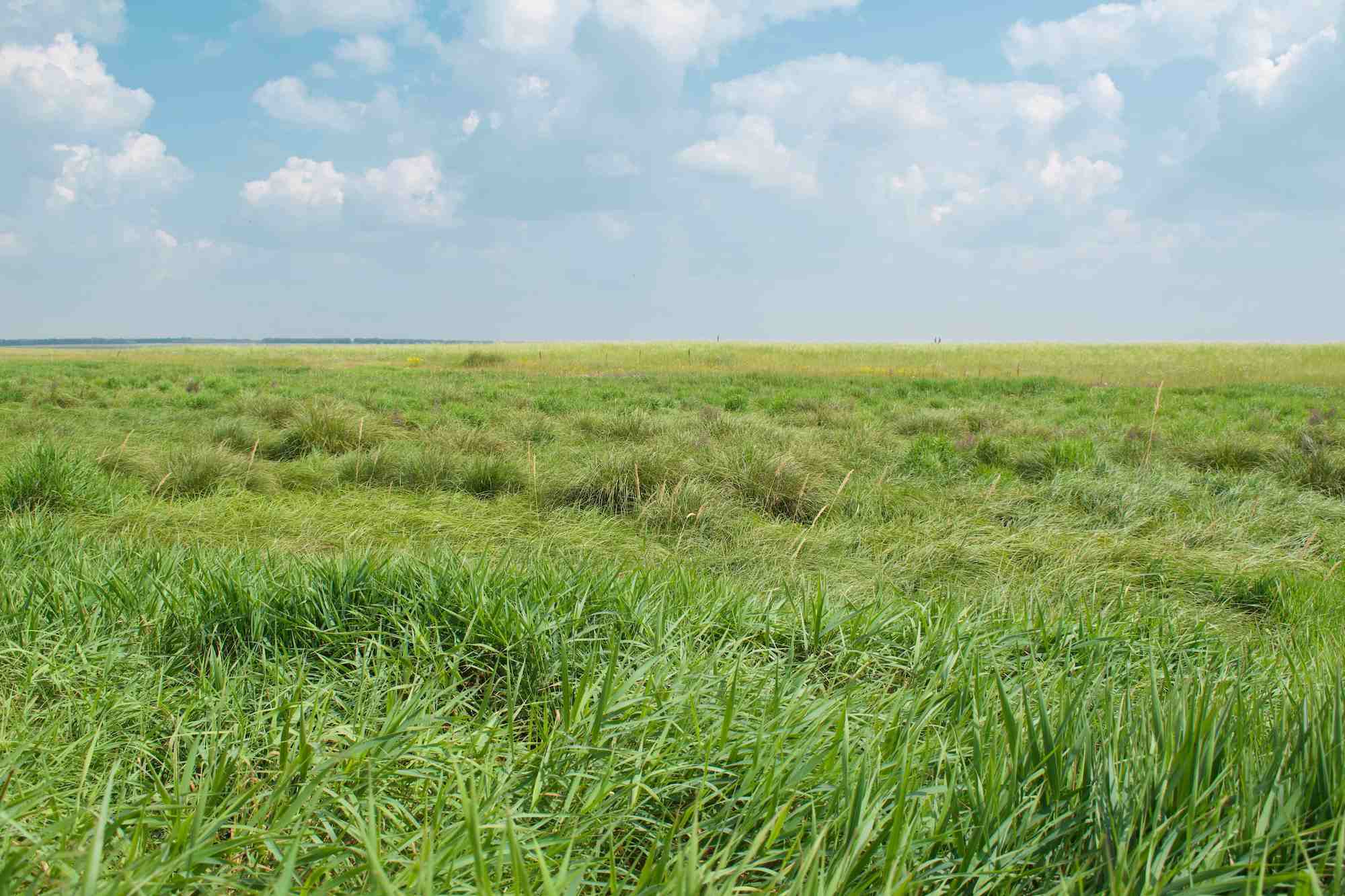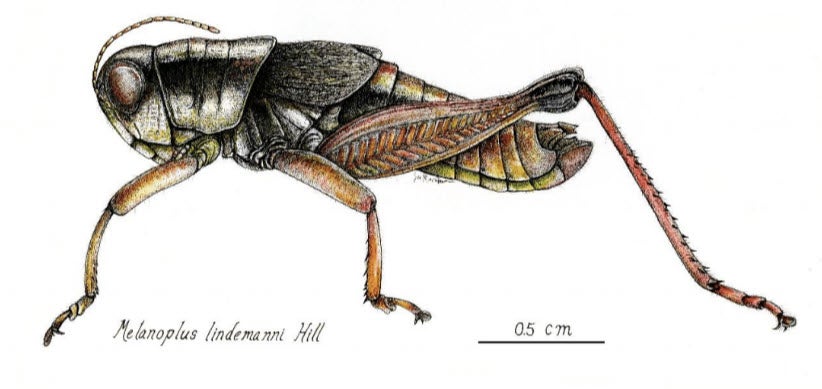

April 20, 2023 Blog Environment


Historically, open savannas and woodlands were largely maintained by periodic fire, which served to remove dense blankets of accumulated leaf litter from the ground and promote the growth of fire-adapted trees, such as shortleaf pine. Due to the loss of periodic fire, it is estimated that at least 90% of shortleaf pine-oak savanna has been lost. It’s complicated. A healthy herbaceous woodland flora provides a rich and diverse nectar resource throughout the growing season, which supports a diverse insect fauna, which in turn serves as a food resource for a variety of wildlife, including bats, small mammals, and insectivorous birds. These plants also produce the food resources of fruit and seeds for wildlife, forage for herbivores, and cover for a variety of species who call these habitats home. A healthy herbaceous woodland flora provides a rich and diverse nectar resource throughout the growing season, which supports a diverse insect fauna, which in turn serves as a food resource for a variety of wildlife including bats, small mammals, and insectivorous birds. These plants also produce the food resources of fruit and seeds for wildlife, forage for herbivores, and cover for a variety of species who call these habitats home. That’s why our restoration efforts are so important.






April 25 2023 Blog Environment
Some scientists estimate that native grasslands have declined by as much as 99 percent. By some estimates, this resulted in three billion fewer birds on the landscape than 50 years ago. This has harmed both the eastern meadowlark and the bobwhite which are both found on Coal Creek.

